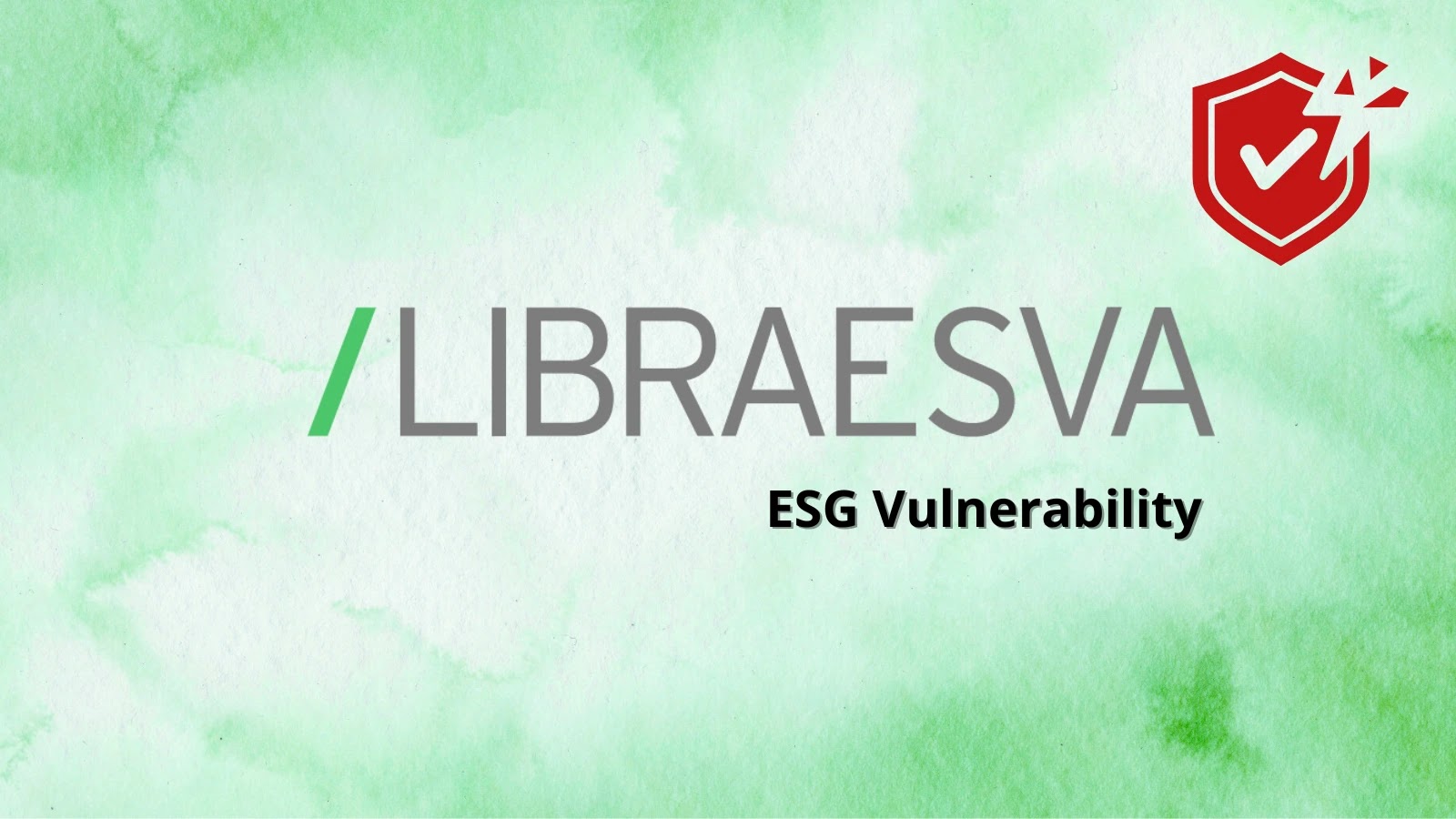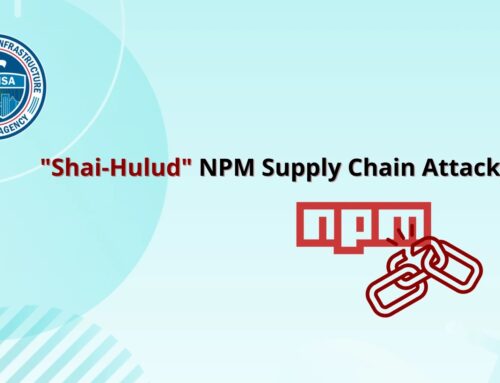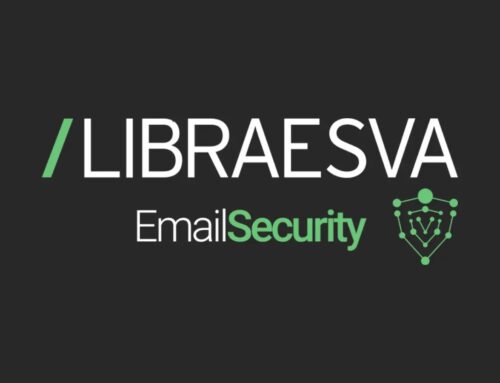
Libraesva ESG Vulnerability Let Attackers Inject Malicious Commands
Urgent Security Alert: Libraesva ESG Vulnerability Opens Door to Command Injection Attacks
The digital perimeter of many organizations relies heavily on robust email security, acting as the first line of defense against a relentless barrage of threats. However, recent findings have unveiled a critical vulnerability within Libraesva ESG (Email Security Gateway) that could severely compromise this vital protection. This flaw, tracked as CVE-2025-59689, allows threat actors to execute arbitrary commands on affected systems, posing a significant risk to data integrity and operational security.
Understanding CVE-2025-59689: The Command Injection Threat
At its core, CVE-2025-59689 is a command injection vulnerability. This class of flaw enables an attacker to execute arbitrary commands on the host operating system through an application that mishandles user-supplied input. In the case of Libraesva ESG, this sinister capability is triggered by specially crafted email attachments.
Imagine an email attachment that, instead of being a benign document, contains hidden instructions that the security gateway interprets as legitimate system commands. When processed by the vulnerable Libraesva ESG appliance, these commands can be executed with potentially high privileges, leading to unauthorized access, data exfiltration, or even complete system compromise. Security researchers have indicated that this vulnerability affects multiple versions of the popular email security platform and there’s evidence suggesting it has already been exploited in the wild, potentially by state-sponsored actors.
How the Libraesva ESG Flaw Exposes Your Network
The implications of a command injection vulnerability in an email security gateway are profound. An attacker successfully exploiting CVE-2025-59689 could achieve:
- Remote Code Execution (RCE): The ability to run any command on the Libraesva ESG device, effectively gaining full control.
- Network Pivoting: Using the compromised ESG as a foothold to launch further attacks against internal networks.
- Data Access and Exfiltration: Accessing sensitive information processed by or stored on the email gateway, and transferring it out of the organization’s control.
- Disruption of Email Flow: Interfering with legitimate email delivery, leading to business interruptions.
- Malware Deployment: Installing additional malicious software directly onto the gateway.
Given the central role of email security gateways in an organization’s defense strategy, a compromise of this nature represents a significant breach of the security perimeter.
Remediation Actions: Securing Your Libraesva ESG
Immediate action is paramount to mitigate the risks posed by CVE-2025-59689. Libraesva has released patches to address this critical vulnerability. Organizations utilizing Libraesva ESG must:
- Update Immediately: Apply the latest security patches provided by Libraesva without delay. This is the most crucial step.
- Monitor for Anomalous Activity: Implement rigorous logging and monitoring of your Libraesva ESG appliances. Look for unusual process executions, outbound connections, or unauthorized configuration changes.
- Implement Network Segmentation: Ensure that your email security gateway is properly segmented from critical internal systems to limit the impact of a potential compromise.
- Regular Backups: Maintain up-to-date backups of your Libraesva ESG configurations and data to facilitate rapid recovery in case of an incident.
- Review Email Policies: Evaluate and strengthen your email attachment filtering policies, especially those pertaining to executable files or script-laden documents.
Detection and Mitigation Tools
Leveraging appropriate tools can aid in the detection of potential exploitation attempts and enhance your overall security posture against vulnerabilities like CVE-2025-59689. While direct exploit detection may be complex, general security tools can help:
| Tool Name | Purpose | Link |
|---|---|---|
| SIEM Systems (e.g., Splunk, Elastic SIEM) | Centralized logging and correlation for detecting unusual activity and security incidents. | Splunk, Elastic SIEM |
| Network Intrusion Detection/Prevention Systems (NIDS/NIPS) | Monitoring network traffic for suspicious patterns and known attack signatures. | Snort, Suricata |
| Endpoint Detection and Response (EDR) | Monitoring and responding to threats on individual endpoints and servers (if applicable to ESG’s underlying OS). | (Vendor Specific) |
| Vulnerability Scanners (e.g., Nessus, OpenVAS) | Identifying known vulnerabilities, including configuration weaknesses, although direct exploit detection for specific zero-days is not their primary role. | Nessus, OpenVAS |
Conclusion: Maintaining Vigilance in Email Security
The discovery and patching of CVE-2025-59689 serve as a potent reminder that even the most dedicated security solutions can harbor critical vulnerabilities. Email remains a primary attack vector, and the compromise of an email security gateway can unravel layers of defense. Organizations must prioritize applying the available patches, enhance monitoring capabilities, and reinforce their overall security posture to defend against these sophisticated command injection threats. Proactive security management, continuous vigilance, and rapid response to vulnerability disclosures are non-negotiable in safeguarding digital assets.





